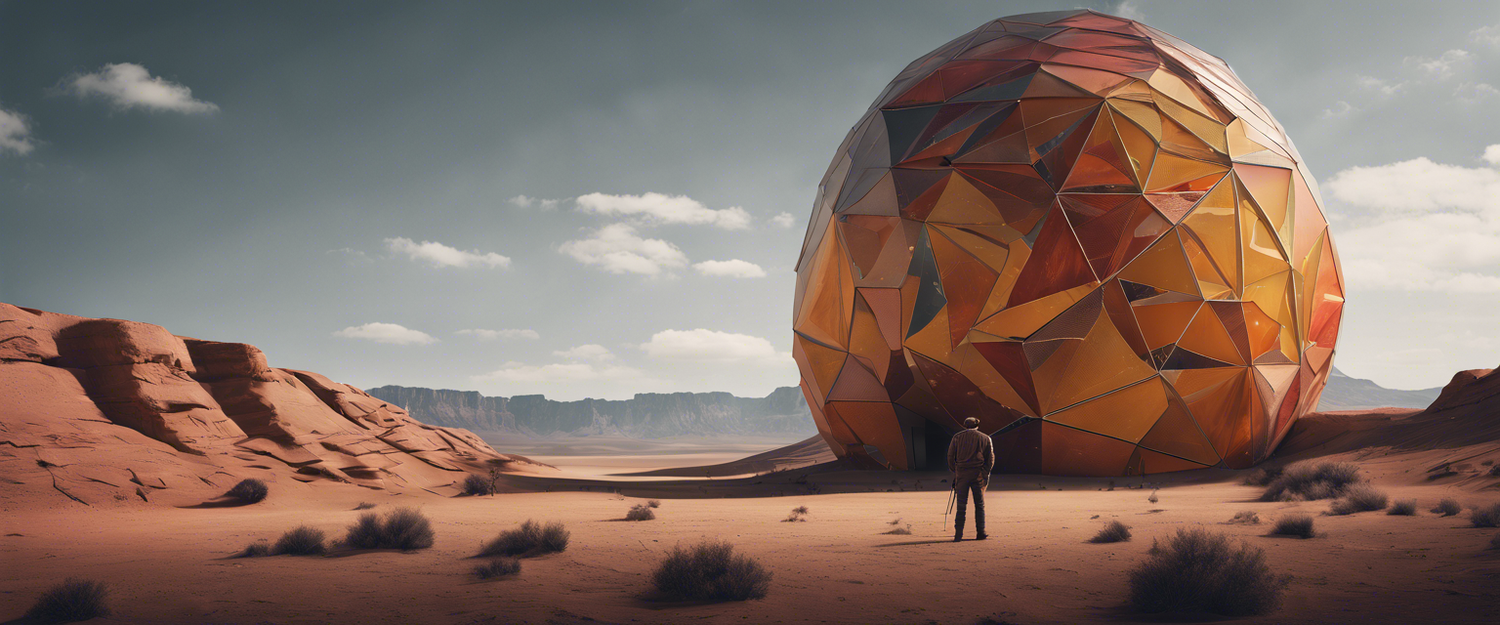Applying Stable Diffusion API to Google Colab
Stable Diffusion is a state-of-the-art text-to-image diffusion model that facilitates the generation of high-quality, photo-realistic images from textual descriptions. Developed by a collaborative effort from researchers at CompVis, LAION, and StabilityAI, this model stands out for its low cost and public availability, providing an accessible tool for researchers and developers alike.
How Stable Diffusion Works
The essence of diffusion models like Stable Diffusion is to iteratively refine random noise into coherent images, guided by the input text. This unique approach has garnered interest in various fields including art generation, advertising, and more.
Getting Started with Stable Diffusion on Google Colab
One of the easiest ways to experiment with Stable Diffusion is through Google Colab, a cloud-based platform that provides free computing resources. Here's how to set it up:
Step-by-Step Guide
- Create a Hugging Face Account: Visit the Hugging Face website and sign up for a free account.
- Accept Terms of Service: Navigate to the stable-diffusion-v1-4 model and accept the terms of service.
- Access Your Hugging Face Token: After signing up, go to your account settings to retrieve your personal access token.
- Open Google Colab: Go to Google Colab and create a new notebook.
- Run Each Cell Sequentially: Copy and paste the provided Stable Diffusion code into the cells and execute them one by one. This process will install necessary packages and libraries.
- Authenticate with Your Token: In the following cell, use your Hugging Face token to authenticate the installation.
- Enter Your Prompt: Finally, run the last cell and input the desired text prompt for image generation.
Sample Code for Stable Diffusion
While the exact code may vary, a typical minimal code snippet for implementing Stable Diffusion in Google Colab can look as follows:
!pip install diffusers
from diffusers import StableDiffusionPipeline
# Authenticate with your Hugging Face token
!huggingface-cli login
# Load the model
def generate_image(prompt):
pipe = StableDiffusionPipeline.from_pretrained("CompVis/stable-diffusion-v-1-4")
image = pipe(prompt).images[0]
image.show()
# Generate an image based on a prompt
generate_image("A beautiful sunset over a mountainscape")Expanding on Stable Diffusion
Once you have mastered the minimal setup, you can build more sophisticated applications using libraries like Gradio for user interfaces, or automate post-processing tasks to further enhance the generated images. Hugging Face offers extensive documentation and community resources to help users deepen their understanding and exploration of Stable Diffusion and related technologies.
Further Reading
For comprehensive information and updates on Stable Diffusion, check out the official Hugging Face Diffusers GitHub repository. This resource is indispensable for learning, troubleshooting, and advancing your projects involving diffusion models.



댓글 남기기
모든 댓글은 게시 전 검토됩니다.
이 사이트는 hCaptcha에 의해 보호되며, hCaptcha의 개인 정보 보호 정책 과 서비스 약관 이 적용됩니다.